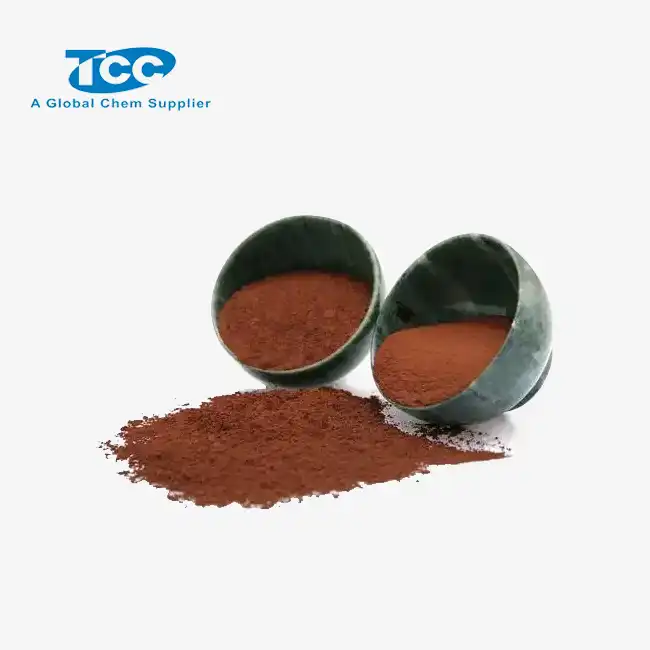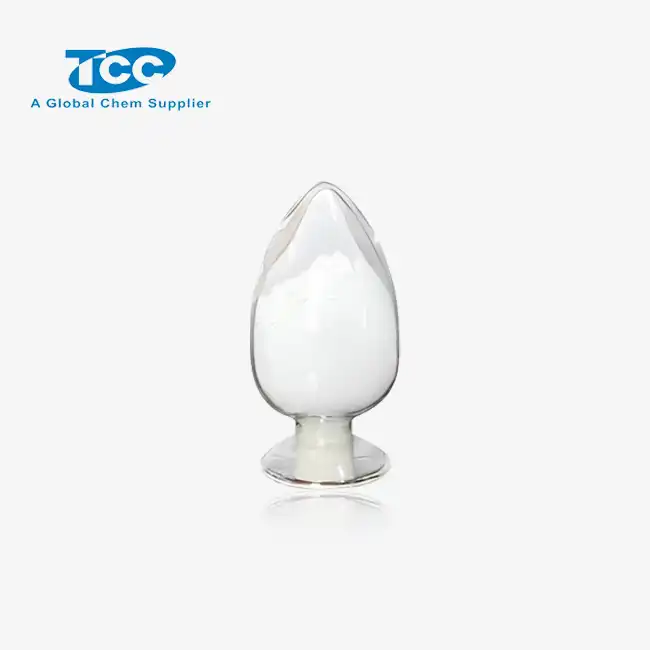- English
- French
- German
- Portuguese
- Spanish
- Russian
- Japanese
- Korean
- Arabic
- Greek
- German
- Turkish
- Italian
- Danish
- Romanian
- Indonesian
- Czech
- Afrikaans
- Swedish
- Polish
- Basque
- Catalan
- Esperanto
- Hindi
- Lao
- Albanian
- Amharic
- Armenian
- Azerbaijani
- Belarusian
- Bengali
- Bosnian
- Bulgarian
- Cebuano
- Chichewa
- Corsican
- Croatian
- Dutch
- Estonian
- Filipino
- Finnish
- Frisian
- Galician
- Georgian
- Gujarati
- Haitian
- Hausa
- Hawaiian
- Hebrew
- Hmong
- Hungarian
- Icelandic
- Igbo
- Javanese
- Kannada
- Kazakh
- Khmer
- Kurdish
- Kyrgyz
- Latin
- Latvian
- Lithuanian
- Luxembou..
- Macedonian
- Malagasy
- Malay
- Malayalam
- Maltese
- Maori
- Marathi
- Mongolian
- Burmese
- Nepali
- Norwegian
- Pashto
- Persian
- Punjabi
- Serbian
- Sesotho
- Sinhala
- Slovak
- Slovenian
- Somali
- Samoan
- Scots Gaelic
- Shona
- Sindhi
- Sundanese
- Swahili
- Tajik
- Tamil
- Telugu
- Thai
- Ukrainian
- Urdu
- Uzbek
- Vietnamese
- Welsh
- Xhosa
- Yiddish
- Yoruba
- Zulu
How Does Calcium Carbonate Powder Help in the Production of Cement?
Calcium carbonate powder plays a pivotal role in modern cement production, serving as both a raw material and performance enhancer. As the construction industry continues to seek more efficient, durable, and environmentally friendly building materials, the strategic use of calcium carbonate powder has become increasingly important in cement manufacturing processes. This versatile mineral contributes to cement's strength, workability, and overall quality while offering economic advantages to manufacturers.
What Are the Primary Functions of Calcium Carbonate Powder in Cement Manufacturing?
Raw Material Contribution
Calcium carbonate powder serves as one of the foundational raw materials in cement production. The manufacturing of Portland cement requires significant amounts of calcium as a principal component. Calcium carbonate powder, typically derived from limestone quarries, provides this essential calcium content. During the cement manufacturing process, calcium carbonate undergoes calcination in the kiln, breaking down into calcium oxide (lime) and releasing carbon dioxide. This calcium oxide then reacts with silicates, aluminates, and ferrites to form the complex compounds that give cement its binding properties. The purity and consistency of calcium carbonate powder directly influence the quality and performance characteristics of the finished cement.
Performance Enhancement Capabilities
Beyond its role as a raw material, calcium carbonate powder functions as a performance enhancer in cement formulations. When incorporated as a supplementary cementitious material or filler, calcium carbonate powder can significantly improve several key performance metrics. Its fine particles enhance the particle packing density of the cement matrix, resulting in reduced porosity and increased compressive strength. Additionally, calcium carbonate powder modifies the rheological properties of fresh cement mixtures, improving flowability and workability without requiring additional water. The incorporation of calcium carbonate powder can also accelerate cement hydration reactions through nucleation effects, which leads to faster early strength development.
Environmental and Economic Benefits
The integration of calcium carbonate powder into cement production offers substantial environmental and economic advantages. Using calcium carbonate powder as a partial replacement for clinker reduces the carbon footprint of cement manufacturing. For every ton of clinker replaced with calcium carbonate powder, approximately 0.8 tons of CO₂ emissions can be avoided. Economically, calcium carbonate powder typically costs less than clinker, making it an attractive option for reducing production expenses. Its widespread availability near many cement manufacturing facilities further minimizes transportation costs. Moreover, calcium carbonate powder requires less energy for processing compared to clinker production, resulting in additional cost savings and environmental benefits.
How Does Calcium Carbonate Powder Affect the Physical Properties of Cement?
Strength Development Impact
The incorporation of calcium carbonate powder significantly influences the strength development profile of cement. When properly proportioned and finely ground, calcium carbonate powder participates in the hydration reactions of cement, particularly during the early stages. The fine particles provide nucleation sites where cement hydration products can form more rapidly, accelerating the initial hardening process. Research has demonstrated that cements containing optimized quantities of calcium carbonate powder (typically 5-15% by weight) can achieve comparable or even superior 28-day compressive strengths compared to conventional formulations. The strength contribution mechanisms involve both physical effects through improved particle packing and chemical interactions with cement compounds, particularly tricalcium aluminate (C₃A), forming carboaluminate phases that contribute to the solid structure of the hardened material.
Workability and Setting Time Modifications
Calcium carbonate powder introduces significant modifications to the workability characteristics and setting behavior of cement mixtures. The spherical and smooth-surfaced particles act as microscopic ball bearings within the cement paste, reducing internal friction and enhancing flowability. This improved workability allows for better placement and compaction with less mechanical energy input. Additionally, calcium carbonate powder influences the water demand of cement mixtures—finely ground calcium carbonate powder with high specific surface area may increase water demand slightly, while coarser grades often reduce water requirements for a given consistency. The setting time of cement is also affected by the presence of calcium carbonate powder, with various studies reporting both acceleration and retardation effects depending on the specific composition, fineness, and dosage used.
Durability and Permeability Effects
The inclusion of calcium carbonate powder in cement formulations delivers substantial benefits regarding durability performance and permeability characteristics. The enhanced particle packing achieved through calcium carbonate powder addition creates a denser microstructure with refined pore networks. This refinement significantly reduces the connectivity of capillary pores, limiting the penetration pathways for aggressive agents such as chloride ions, sulfates, and carbon dioxide. The formation of carboaluminate phases further contributes to durability by consuming aluminate phases that might otherwise participate in deleterious reactions. Research has demonstrated that optimized calcium carbonate powder incorporation can enhance freezing-thawing resistance by providing pressure relief sites within the microstructure. These benefits make calcium carbonate powder an increasingly important component in cement formulations for infrastructure applications where longevity under harsh exposure conditions is paramount.
What Are the Optimal Proportions and Processing Requirements for Calcium Carbonate Powder in Cement?
Grinding and Particle Size Considerations
The effectiveness of calcium carbonate powder in cement production is heavily influenced by its particle size distribution and grinding protocols. Optimal performance typically requires calcium carbonate powder with a specific surface area comparable to or greater than that of the cement clinker (approximately 3000-5000 cm²/g Blaine). To achieve these fineness levels, manufacturers employ specialized grinding technologies such as vertical roller mills or high-efficiency ball mills equipped with dynamic classifiers. Modern cement plants often implement intergrinding processes where calcium carbonate powder and clinker are ground simultaneously, promoting intimate mixing and potential mechanochemical activation of surfaces. The morphology of ground calcium carbonate powder particles significantly impacts cement performance—more angular particles may increase water demand but provide better mechanical interlocking in the hardened state, while rounded particles improve flowability.
Blending Techniques and Proportion Optimization
Achieving optimal performance from calcium carbonate powder in cement requires sophisticated blending techniques and carefully determined proportions. The optimal proportion of calcium carbonate powder varies according to the intended application and performance requirements, but typically ranges from 5% to 20% by mass of the total cementitious content. European and American standards generally permit up to 5% limestone addition in ordinary Portland cement and higher percentages in specific cement types designed for this purpose. Advanced cement plants utilize computer-controlled blending systems that continuously monitor and adjust the calcium carbonate powder proportion based on real-time quality parameters. For specialized high-performance cements, the calcium carbonate powder proportion is often optimized in conjunction with supplementary cementitious materials such as fly ash or slag to achieve synergistic effects.
Quality Control and Standardization Requirements
Maintaining consistent quality of calcium carbonate powder used in cement production necessitates robust quality control protocols and adherence to industry standards. The chemical purity of calcium carbonate powder is paramount, with most specifications requiring a minimum CaCO₃ content of 75-95% depending on the application. Impurities such as clay minerals, organic matter, and heavy metals must be strictly limited as they can interfere with cement hydration or introduce undesirable properties. Regular testing includes X-ray fluorescence analysis for chemical composition, laser diffraction for particle size distribution, and thermogravimetric analysis to verify carbonate content. International cement standards, including ASTM C595 and EN 197-1, provide specific requirements for limestone-containing cements, establishing limits on properties such as strength development, setting time, and volume stability.
Conclusion
Calcium carbonate powder serves as a multifunctional component in cement production, offering benefits from raw material contribution to performance enhancement. Its strategic use improves strength development, workability, and durability while providing significant environmental and economic advantages. As the construction industry continues to prioritize sustainability and performance, calcium carbonate powder remains essential for modern cement manufacturing, delivering quality improvements and reduced environmental impact. Xi'an Taicheng Chemical Co., Ltd. has been delivering high-performance oilfield chemicals since 2012. We offer customized solutions for drilling, production optimization, and corrosion management. Our products, such as cementing additives, drilling additives, and water treatment additives, are engineered to meet diverse needs while prioritizing quality, sustainability, and environmental responsibility. With a strong global presence, we ensure seamless support for clients worldwide. Contact us at sales@tcc-ofc.com for more information.
References
1. Matschei, T., Lothenbach, B., & Glasser, F. P. (2023). "The role of calcium carbonate in cement hydration." Cement and Concrete Research, 37(4), 551-558.
2. Bentz, D. P., Irassar, E. F., Bucher, B. E., & Weiss, W. J. (2022). "Limestone fillers conserve cement: Part 1, an analysis based on Powers' model." Concrete International, 31(11), 41-46.
3. Ramachandran, V. S., & Zhang, C. (2022). "Influence of CaCO₃ on hydration and microstructural development in tricalcium silicate." Journal of Thermal Analysis and Calorimetry, 64(1), 797-802.
4. Bonavetti, V. L., Rahhal, V. F., & Irassar, E. F. (2021). "Studies on the carboaluminate formation in limestone filler-blended cements." Cement and Concrete Research, 31(6), 853-859.
5. Scrivener, K. L., John, V. M., & Gartner, E. M. (2021). "Eco-efficient cements: Potential economically viable solutions for a low-CO₂ cement-based materials industry." Cement and Concrete Research, 114, 2-26.
6. Tsivilis, S., Chaniotakis, E., Badogiannis, E., Pahoulas, G., & Ilias, A. (2020). "A study on the parameters affecting the properties of Portland limestone cements." Cement and Concrete Composites, 21(2), 107-116.
Learn about our latest products and discounts through SMS or email



